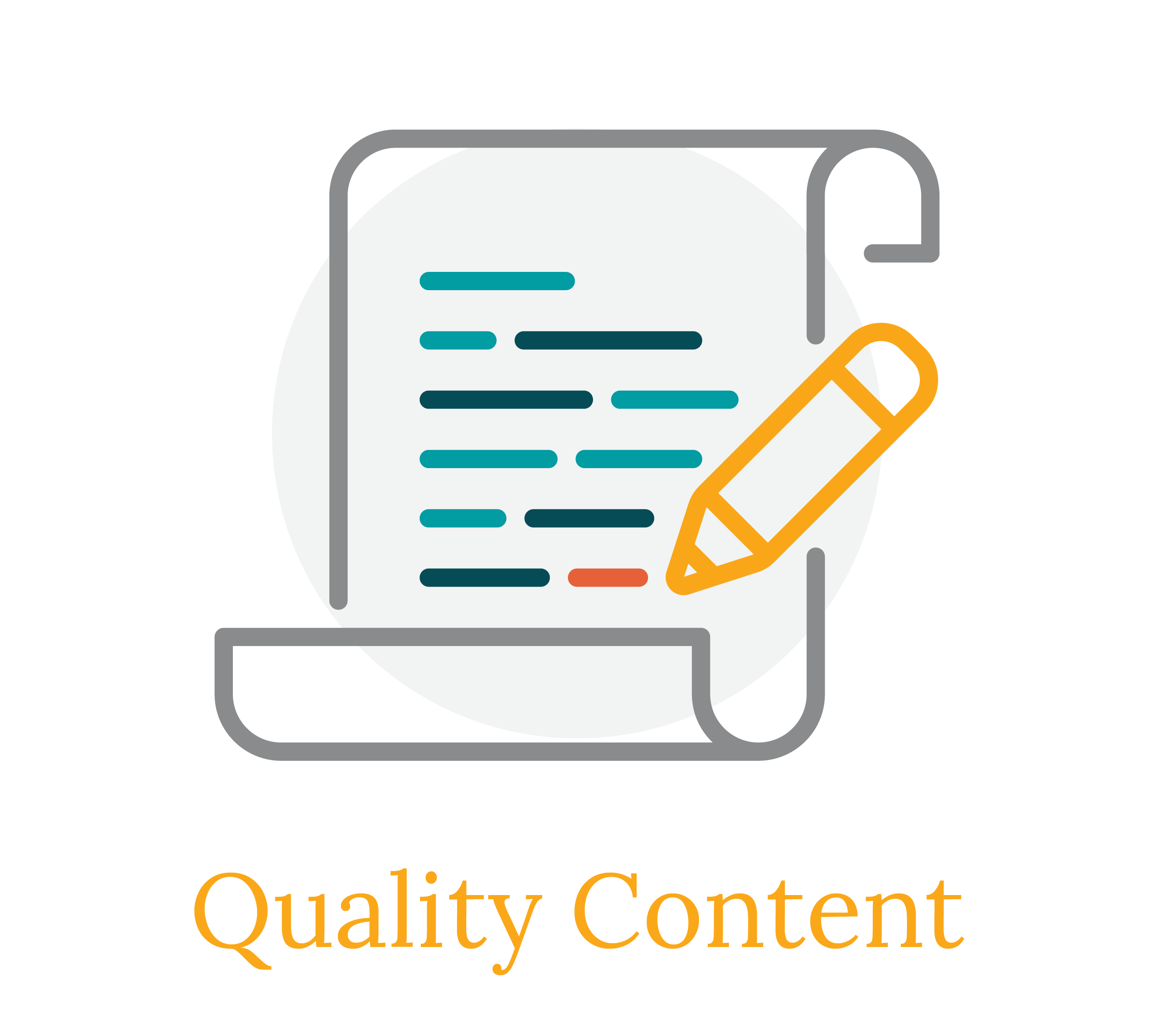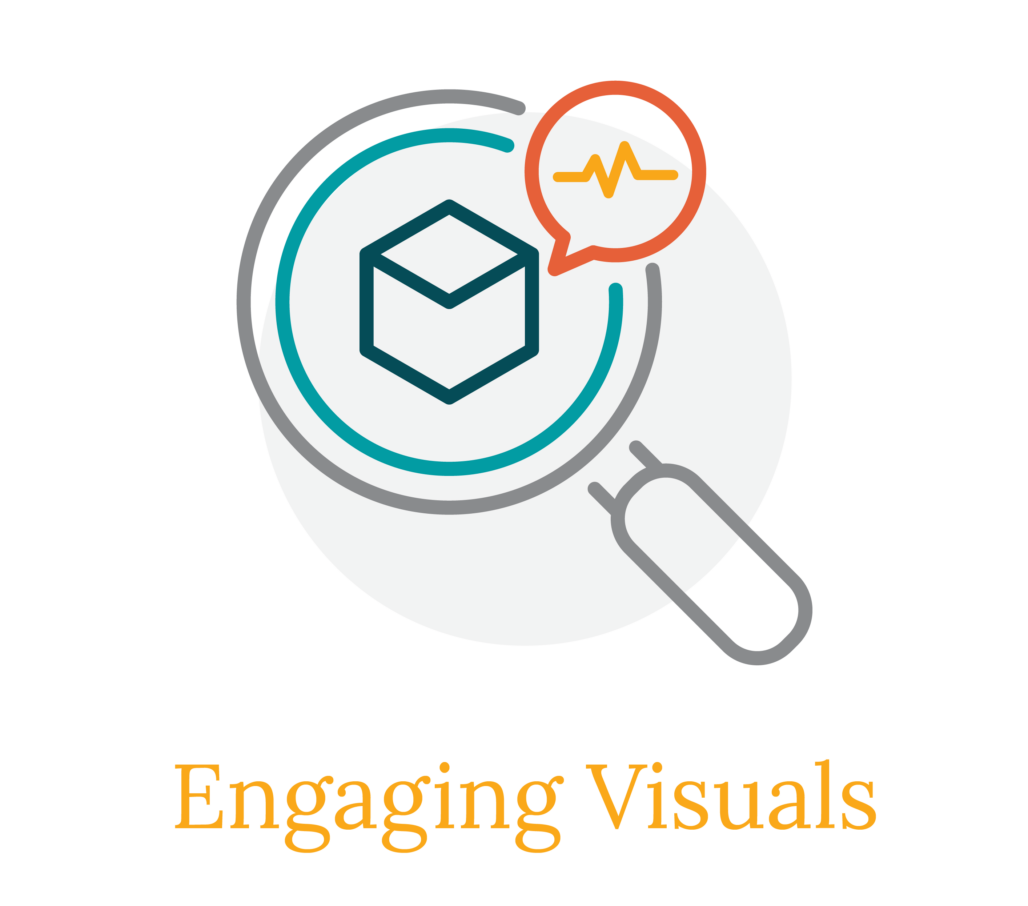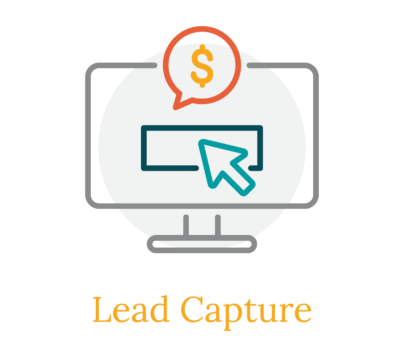In part I of our series, we walked you through the basics of a landing page and how it can benefit your business and connect you to more customers. In part II, we’ll break down the top three essential elements that every successful page must include:
- Quality Content
- Engaging Visuals
- Lead Capture
What Type of Content Benefits a Landing Page?
 Landing pages should be tailored to attract and help engage your target audiences. Splitting out content for different user segments into separate pages, for example, will help you to match the right message to the needs and queries of your visitors.
Landing pages should be tailored to attract and help engage your target audiences. Splitting out content for different user segments into separate pages, for example, will help you to match the right message to the needs and queries of your visitors.
- Landing pages are a great place to target long-tail keywords for SEO, as well. As voice search becomes standard in the marketplace, more humans are using search engines as if they were talking to a “real” person (i.e. using full phrases and sentences as their search queries). By answering specific questions that your audience is asking, your landing pages will begin to rank when those queries are submitted to search engines.
- While it’s tempting to answer every possible search query, landing pages need to remain clear and concise. Remember, the goal is to persuade visitors to submit the form on your page, so they receive the gated content. Therefore, ensure that the value of what you have to offer is clearly presented up front. Additionally, use bullet points when it makes sense to summarize and consolidate information into digestible bites.
- Reviews are another great way to provide social proof that what you have to offer is worth the customer’s investment. Above all, your page should persuade the viewer to complete the goal action.
What Type of Visuals Benefit a Landing Page?
 The visual aspects of your landing pages should attract viewers’ attention and not distract them from your offerings. Whether you’re using text as a graphical element or featuring an image, strive for a visual that is minimal but effective.
The visual aspects of your landing pages should attract viewers’ attention and not distract them from your offerings. Whether you’re using text as a graphical element or featuring an image, strive for a visual that is minimal but effective.
- Your most important content should be “above the fold” i.e. on page before scrolling. English speaking readers will scan what’s visible on the page from right to left and from top to bottom. This is why you often see landing pages with a two column design featuring compelling text and images on the left and the lead capture form on the right near the top of the page.
- As mobile browsing becomes the norm, using a page template that’s device responsive is essential. Your web pages need to adjust accordingly to fit the size of the screen customers are viewing it on without compromising readability or functionality.
What Type of Lead Capture Benefits a Landing Page?
 The most essential element on a landing page is the lead capture form. The form itself can represent a make or break point, where visitors choose whether it’s worth the investment of giving you their information. An effective way to simplify this process for your customers is to incorporate the minimum number of form fields necessary to identify leads.
The most essential element on a landing page is the lead capture form. The form itself can represent a make or break point, where visitors choose whether it’s worth the investment of giving you their information. An effective way to simplify this process for your customers is to incorporate the minimum number of form fields necessary to identify leads.
Using fewer form fields is also advantageous for capturing mobile users. Most of us know how difficult it is to click on forms and navigate between fields on mobile devices without “fat-fingers” affecting functionality. By collecting only what’s vital, you decrease the risk that mobile users will become frustrated and exit your site.
- Another qualm that some users may have with handing over their contact information is how you plan to store this information. For some businesses, it’s beneficial to add some fine print below the form to assure privacy-conscious visitors that their contact information will not be shared or sold.
- Connecting the form that lives on your landing page to your CRM can streamline the process of lead collection even further. This can help trigger marketing automation flows to send follow up emails to your leads, saving your sales team time and ensuring that no leads slip through the cracks.
- When possible, track form submissions in Google Analytics. Knowing the behaviors of your website visitors before they choose to convert or exit can help you make adjustments to improve the page’s performance.
- After users submit their forms, send them to a “thank you” page to deliver the promised material or set up clear expectations of when they will hear back from you next about the promised offering. Make sure this thank you page offers navigation menus or suggestions for other things they might be interested in on your site to reduce exit rate.
Need Help Optimizing Your Landing Page?
Ready to generate more leads and start ranking for the questions your customers are searching for? If you’d like to find out how Brandography can help you improve your landing page creation, optimization, and ranking, contact our team today!



